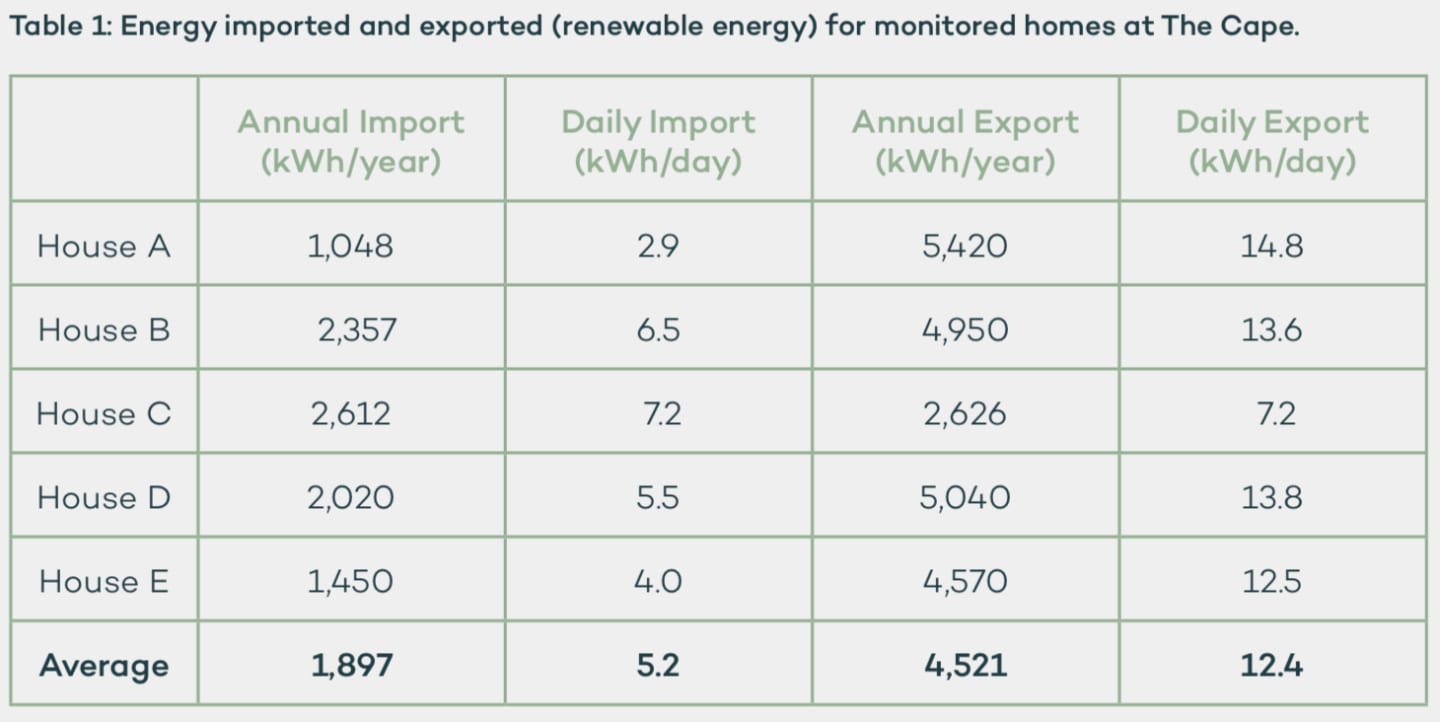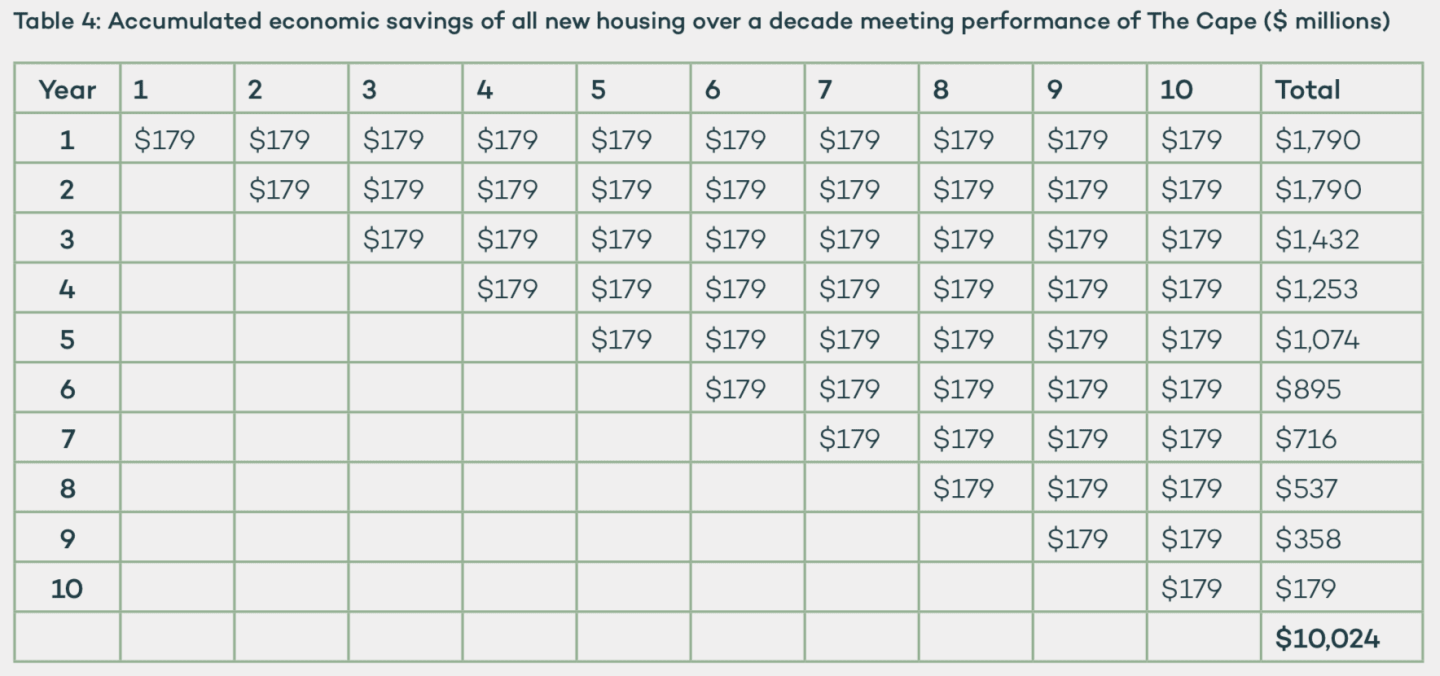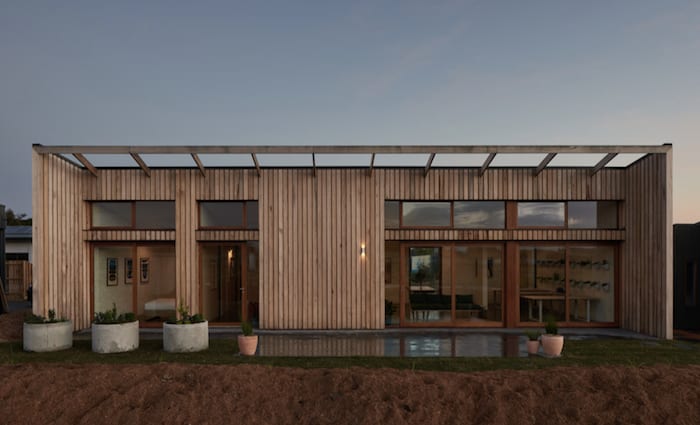Building sustainable housing estates, RMIT University study reveals
As bushfires escalate across Australia and the country falls significantly short of the targets set by other developed nations, concerns about climate change and the environment is undoubtedly Australia's most pressing issue.
Rethinking the residential sector
The residential sector in Australia, as with other countries, is a significant contributor of overall environmental impact including greenhouse gas emissions and material consumption.
Recent research has found that over 80 per cent of detached housing in Australia is only built to the minimum regulatory requirements which is currently 6.0 stars on the Nationwide House Energy Rating Scheme, with less than 15 per cent built to the economically and environmentally optimal 7.5 stars for the life of the dwelling.
The way housing's deigned and constructed has a significant impact on households and society. For instance, a poorly designed and/or built home can add significant energy costs or be hard to keep cool during heatwaves in summertime and warm during winter.
Across Australia we are seeing an increasing issue emerge in relation to energy poverty and negative health outcomes due to poor quality housing and rapidly increasing energy prices.
Blueprint for a sustainable future
A 12-month independent study conducted by RMIT University and analysis by Renew, sustainable not-for-profit, aimed to provide evidence of qualitative and quantitative lived experience of a housing development which is attempting to deliver high quality housing. The purpose of this research is to guide other new housing developments and future revisions of minimum performance regulations for housing Australia.
Source: The Cape Galleries
For this research, The Cape provided sustainable homes for participants. The Cape is a sustainable housing estate in Victoria's Bass Coast that demonstrates how Australian housing estates can build affordable energy efficient housing, carbon neutral homes that achieve a zero emissions, low, cost future.
The Cape is the ideal controlled variable for this study with its combined passive solar design and construction techniques with affordable technologies such as heat pump heating, cooling and hot water systems, and solar power, to achieve carbon neutral, healthy homes that are comfortable, resilient and healthy in hot spells and heat waves, with super low running costs compared to conventional homes.
Source: The Cape Galleries
The Cape is also generating three to four times the energy it is using. It demonstrates how new “energy positive” estates can become power stations in suburbs, generating a surplus of clean energy for use on site, to help power electric vehicles, and to export to surrounding neighbourhoods and improving energy security.
Source: The Cape Galleries
Research reveal a preference for a sustainable community
The report shows that most participating households aimed to live in The Cape permanently.
There were a range of motivations from the households as to why they had bought land and planned to build a home at The Cape. Motivations ranged from wanting to reduce living costs and environmental impact through to being part of a like-minded community.
Some households already lived in the area and were looking to move into sustainable and quality housing, while others were from Melbourne, or further afield, and were looking to transition living down at The Cape.
In interviews with households after they moved, they reported that the housing was thermally comfortable, that they rarely had to use their heating and cooling systems and their energy and water bills had significantly fallen.
The participants also spoke about how friendly the community was, even though it was still under development. Residents spoke about how the existing community welcomed new households and there were a number of community events starting to occur in the development.
Some of the residents who were not yet living in the development would drive down from Melbourne to participate in some of the community activities such as the community gardening days.
Source: The Cape Galleries
Overall the majority of households were extremely happy with the performance and quality of the homes.
The use of the development guidelines provided by the developer and the use of a design review panel helped to ensure improved outcomes from having inputs from sustainable housing experts.
Efficient energy
Data shows that energy imported from the grid ranged from 1,048kWh per year to 2,612 kWh per year or from 2.9-7.2 kWh/day with an average of 5.2kWh/day.
Excess renewable energy generation exports ranged from 2,625 kWh per year to 5,420 kWh per year or 7.2-14.8kWh per day and an average of 12.4kWh/day.

Analysis of the energy consumption and generation of renewable energy on 5 occupied homes in the study. Source: RMIT/ Renew
Analysis from Damien Moyse shows a reduction in energy consumption of 88% compared to a typical new 6 star home of comparable size in Victoria.
In this context the house at The Cape are performing as expected and in line with data from other sustainable housing developments in Australia.
Some of the homes at The Cape have recently added battery storage to take further advantage of the energy their renewable energy systems are generating.

Analysis from Damien Moyse (Renew). Source: RMIT/ Renew
A low cost future
A reduction in energy consumption was noticed by the households who reported that their energy costs were significantly lower than their previous homes, estimating that they had now dropped to under $500 a year; a figure confirmed by their energy bills and the modelling we undertook which found economic savings of $2,307/year.

Source: Source: RMIT/ Renew
Some households were in credit on their energy bills.
If the energy savings ($2,307/year) found at The Cape were replicated across all new housing in Victoria it would lead to economic savings for those households of almost $91 million per year and across Australia it would be almost $180 million per year.
If all new housing, which is estimated at 118,300 houses per year, was built to the standard of The Cape across the next decade there could be accumulated economic savings for these households of more than $5 billion.

Source: RMIT/ Renew
